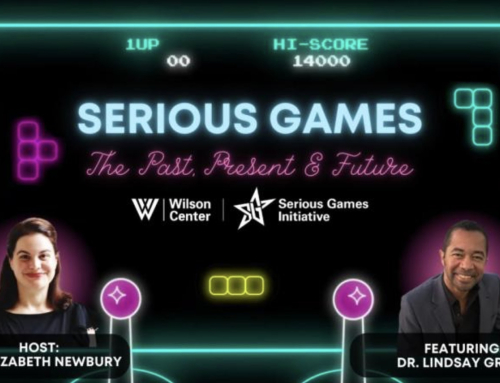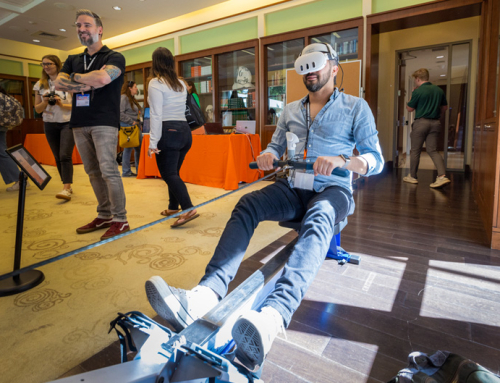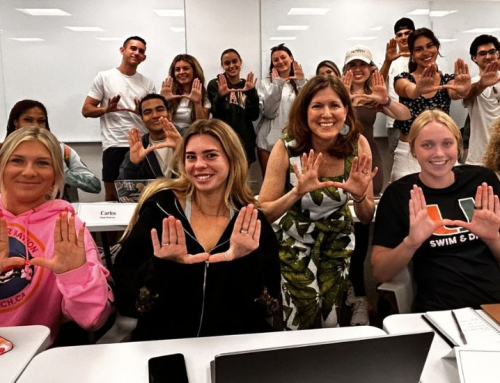The University of Miami maintained its coveted spot as a top school for game design in 2019. UM was recognized by The Princeton Review on its list honoring the Top 25 Graduate Programs for Game Design.
The School of Communication Interactive Media M.F.A. program placed No. 25 this year. This is the M.F.A. program’s fifth time on the list since the program’s creation in 2013.
The list is based off of its 2018 survey of administrators at 150 institutions offering game design coursework and degrees in the United States, Canada, and abroad. The survey was developed in 2009 with an advisory board the program created with professionals from top institutions and companies in the industry. It consisted of questions that covered a wide range such as academics, faculty, technology, career, and achievements.
The Interactive Media M.F.A program at UM provides opportunities for students to work with elite faculty members on unique issues and developments for technology. Graduate students in the program focus on the intersection between technology, design, and human behavior. Data visualization, social impact, and research within game design are some of the different aspects they work on toward the human-computer relationship.
“The program offers a wide selection of foci, playing both to the individual strengths of the core faculty in games and interactive media,” said Lindsay Grace, Knight Chair in Interactive Media and associate professor at the University of Miami School of Communication. “These include the use of games for health, social impact, messaging, art, and general entertainment. It encourages students to choose a focus and explore it becoming an expert in the creative practice of designing and implementing interactive entertainment.”
With relatively small class sizes and personalized training, graduate students get to explore their design talents while utilizing research. Admission into the M.F.A. program focuses on students’ individual achievements in their academic careers, creativity, and potential. Graduate students are fully immersed in projects and experiences quite similar to the creative field they plan to curate content for in the future.
“The program offers opportunities to work with professionals on real-world projects through NERDLab headed by Lien Tran and Clay Ewing,” said Grace. “It also offers opportunities to explore a variety of practices focused around ‘doing things with games’ including alternative interfaces through custom hardware, virtual reality, mobile game design, and other cutting-edge practices.”
For undergraduate students interested in interactive media, the School of Communication offers a B.S.C. in Interactive Media and a minor in Game Design. Undergraduate students take a variety of curriculum to broaden their scope of the field such as interaction design, screenwriting, mobile application development, and creative coding.
For the reporting and analyzing of the Top 25 Graduate Programs for Game Design list, the Princeton Review teamed up with PC Gamer, a monthly magazine published by Future plc. with several regional editions. The May issue of the magazine will feature the top schools and graduate programs along with interesting facts and opportunities about each school’s curriculum.






